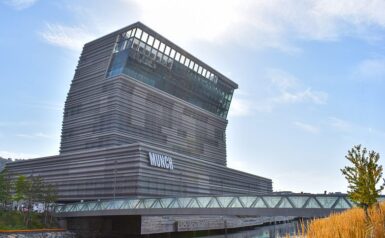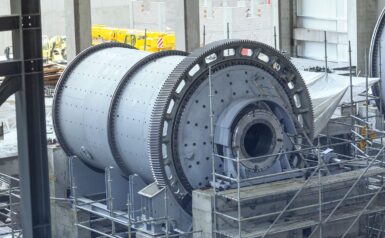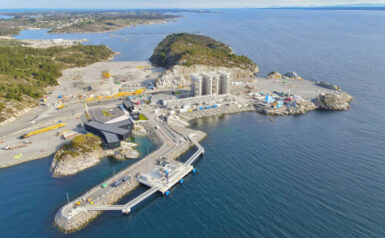Stainless Steel plays a fundamental role in the construction industry, distinguished by its exceptional strength and longevity, making it an indispensable material for structural applications including skyscrapers, bridges, tunnels and residential buildings.
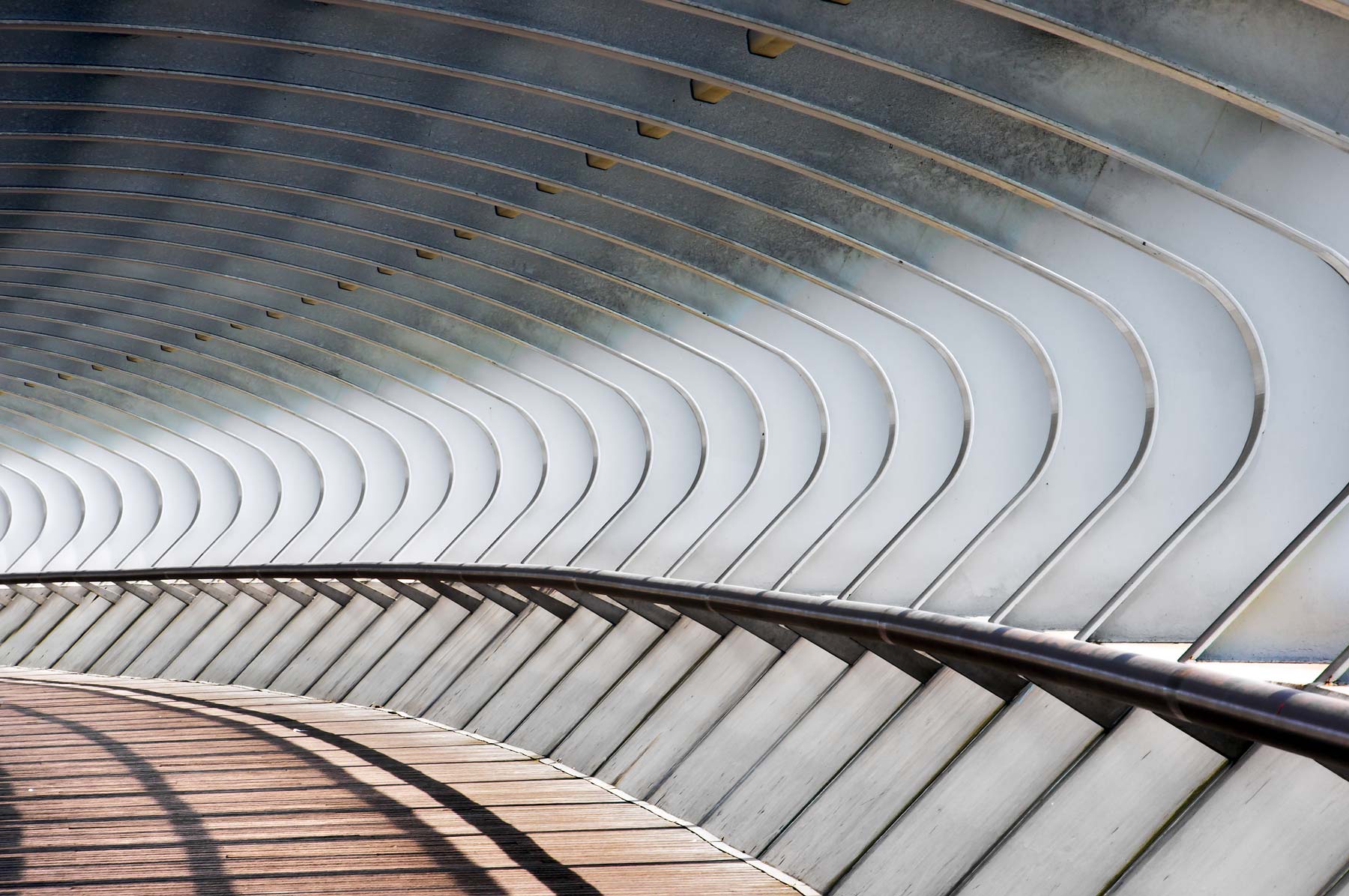
Its versatility allows for architectural innovation, accommodating complex designs and facilitating modifications to meet evolving structural requirements and environmental requirements of the future.
The prefabrication of stainless steel components streamlines construction timelines, enhancing efficiency and reducing labor costs.
Furthermore, stainless steel’s recyclability underscores its environmental sustainability, aligning with contemporary green building practices.
This combination of attributes establishes stainless steel as a fundamental material in the construction sector, supporting the development of durable, efficient, and sustainable infrastructure.
Metal prices have increased strongly for a long period of time. For companies utilizing 304L (1.4301) and 316L/ 316 Ti ( 1.4404 / 1.4571 ) in their applications, the cost increases have deteriorated the old cost calculations.
Duplex grades, however, with their low content of costly nickel, can in many instances, be a superb alternative and give more stable prices. Within the same corrosion class (CRC III) according to DIN EN 1993-1-4 as the 316L and 316Ti, but with more than doubled tensile strength, Duplex can greatly reduce weight in constructions, helping to save more and maintain our environment for the future.
Compared to widely used aluminum, stainless steel is a much lower heat conductor, about 15W/mK compared to 115W/mK. This helps to avoid thermal bridges and makes stainless steel the best choices for energy efficient constructions like KfW Efficiency Houses 40 Plus.
Compared to Galvanized steel, stainless steel will not lose corrosion resistance during time. It has a much longer lifespan and is suitable for almost all purposes. The environmental impact for stainless steel is much lower, there is no remaining heavy metal, gas and mud during the manufacturing process.
All materials are certified according to EN 10088-4 (CE) and EN 10028 / 2014/68/EU (PED). Typical applications are; general construction, building industry, tank and storage, automotive industry, energy industry, food industry etc.
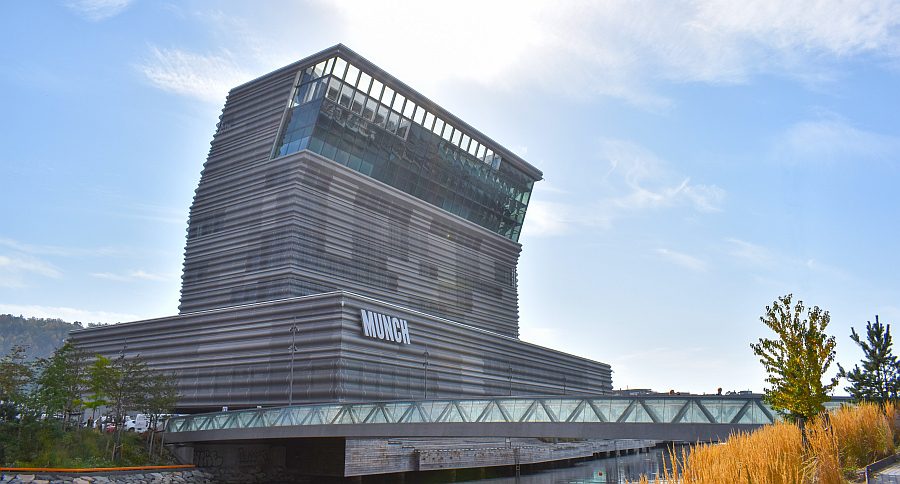
How can we help?
At Sverdrup Steel, we are committed to advancing industries through expert guidance on steel solutions.
For the Munch museum in Oslo, Norway, that meant more than 10 tonnes of high-strength 1.4462 / DUPLEX UNS S31803 for a steel pedestrian bridge.
The Duplex steel was cut into multiple pieces by our waterjet cutting machine at Kløfta. 1.4462 / DUPLEX UNS S31803 is entirely maintenance-free, highly durable, and robust. The steel thus creates a solid and sustainable foundation for generations to come.

